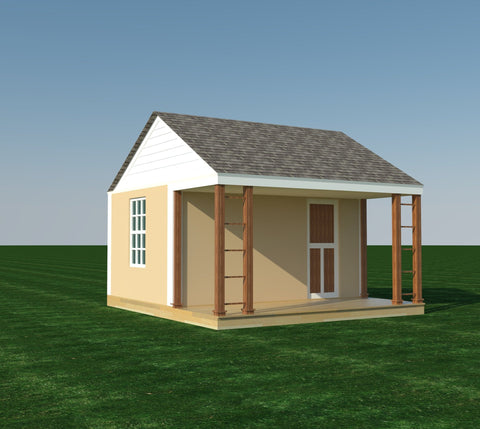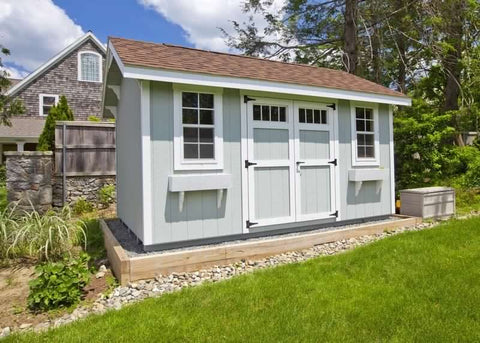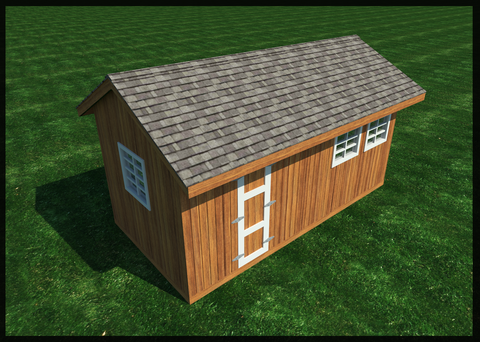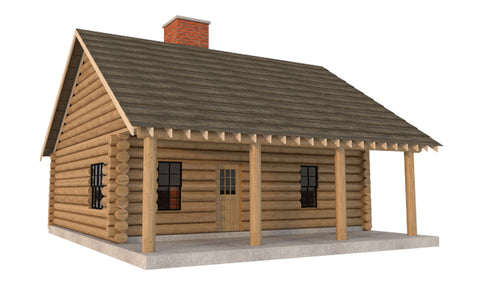Do-It-Yourself Sunroom Plans - Sun Room Building Patio Enclosures Sunspace Build Your Own
Build Your Own Sunroom Plans
Patio Enclosures Sunroom Plans
These Do-It-Yourself Sunroom Plans will step you through the process of building your own stunning Sun Room
Adding the Sun room to Your Home
The sun room, also known as the solarium, is a room in the home that provides access to ample sunlight and views of the landscape while providing protection from adverse weather conditions. The word "solarium" is derived from Latin, which means "place of the sun." Throughout Europe, solaria of various shapes and sizes have been erected.
Three-season sunroom
A three-season sun room is a room that's typically 14 feet by 14 feet. The exterior dimension is determined by the building codes for your area. The sunroom must be supported by two rows of three support posts. The spacing between posts depends on the size of the beam and may be regulated by city regulations.
A three-season sun room is typically constructed from aluminum or PVC and is maintenance-free. This type of room can feature straight or curved glass and can also be fitted with high-tech features. These rooms are often less expensive than four-season rooms and do not attract increased property taxes in most provinces. In addition, a three-season room is suitable for use for up to 10.5 months of the year.
Difference between
A sunroom is similar to a standard room addition, but the design is more flexible. A sunroom has a bright, cheerful look and can be used for a variety of purposes. It also increases the resale value of a home. Adding a sunroom can be a great way to add extra space to your home without breaking the bank. However, there are a few things to consider before you make the decision to add a sunroom to your home.
One of the primary differences between a sunroom and a standard room is the amount of natural light it offers. You can add additional windows and doors to a sunroom, or it can be fully enclosed. A full room addition, also known as a stick-built room, uses traditional building materials and requires a foundation, exterior and interior finishes, and a window and door system.
Costs
While sunrooms are often seen as an attractive home improvement project, they can also be expensive. In addition to the labor costs, the sunroom construction process requires additional work and materials, such as permanent heating and air conditioning systems. Additionally, custom finishing of the sunroom can increase costs. A sunroom can be constructed at home using a kit or by hiring a contractor.
Costs of sunroom construction vary considerably, based on the material used and the contractor's hourly rate. However, on average, a sunroom should run anywhere from $130 to $330 per square foot. This price range should be more than reasonable for most midrange projects, though it is possible to get a sunroom for much less.
Materials used
Choosing the right materials is a crucial step in designing a sunroom. The materials used for the walls, roof, and floors will affect the overall price and functionality of the room. The most popular materials for sunrooms include wood and vinyl. However, the best choice will depend on your preferences and budget.
The walls and roof of a sun room can be made of vinyl, aluminum, or clad. Vinyl is the most common and least expensive of the materials and requires little maintenance. However, it is not as insulating as other materials and is not ideal for sunrooms. Moreover, if you choose aluminum, you should be aware that it can increase the costs of heating and cooling your sun room.
Wood is an old-fashioned material for sunrooms. Wood is an excellent insulator and can withstand extreme temperature changes. It also provides structural support to the room. However, wood is expensive and requires regular maintenance.
Organization of a sunroom
When designing a sunroom, it is important to consider the purpose of the room. Often, these rooms serve as an extension of the main living space or as a place for entertaining. In addition, they should be comfortable. For instance, a large, upholstered sectional sofa is the best choice for a sunroom, as it can accommodate multiple guests and allow for easy conversation. A coffee table and potted plants will also add to the cozy ambiance.
Many sunrooms have multiple points of entry, which means you can create separate zones for different activities. Having two points of entry can also reduce the amount of wall space available for a sofa, artwork, or furniture. Instead of allowing the wall space to go unused, use it to hang artwork or art pieces. A narrow storage bench can help fill in empty space, while an artistic throw can be used to highlight the space.
All DIY plans are designed or reviewed by Ben Stone. Ben is a retired Engineer in Canada. Ben also drafts these himself using the latest AutoCAD software to ensure accuracy. He studied Engineering back in the early 1980's. After over 30 years in the Construction industry he developed a passion for building cool items around his farm and cabin. These are great DIY projects. With a little skill anybody can Do It Yourself. Ben is always a email away if you have any questions while building one of his projects. He is adding new plans all the time.










